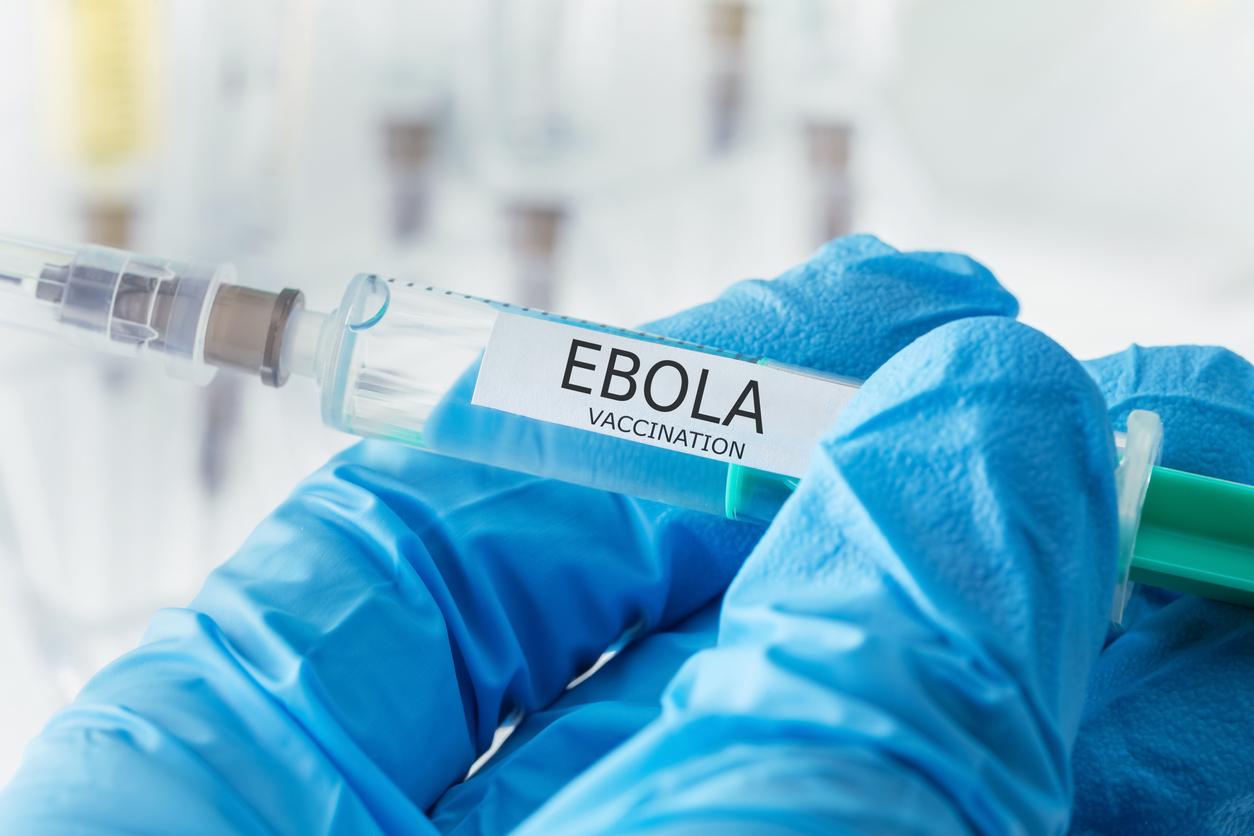It’s’epidemic worst in West Africa’s history. Since January, Ebola hemorrhagic fever has caused 337 deaths, mainly in Guinea, the most affected country (264 deaths since the beginning of the year) and the latest figures are unfortunately not decreasing. The WHO records, in just two weeks, a 60% increase in deaths attributed to the Ebola virus in West Africa.
But for a WHO spokeswoman, we are not witnessing a “new outbreak” of fever. The increase in cases is explained by their reclassification, moving from the category “probable” to “possible” or “confirmed”.
Spread difficult to control
Discovered in 1976 in the current Democratic Republic of Congo (formerly Zaire), the Ebola virus is highly contagious and fatal in 25 to 90% of cases according to the WHO. Wild animals (hunted and eaten) transmit the virus to humans, which then spreads from human to human through contact with the blood, secretions, organs or body fluids of infected people. Ebola fever is manifested by bleeding, vomiting and diarrhea.
“What is unusual is the dispersal of outbreaks, that complicates things” specifies Marie-Christine Férir, the coordinator of the emergency programs of the NGO Doctors without Borders. Indeed, in spite of the medical aid and the teams present on the spot, the difficult controlling the spread of the virus remains the main concern, “community resistance and cross-border monitoring of people who have been in contact with the sick are the main challenges we encounter in the field”, she concludes.
Local populations who resist preventive measures and funeral rites which are amplifiers of the epidemic (because of contact with the dead), so many factors which justify MSF’s call for “mobilization at all levels , with all the actors”.


















